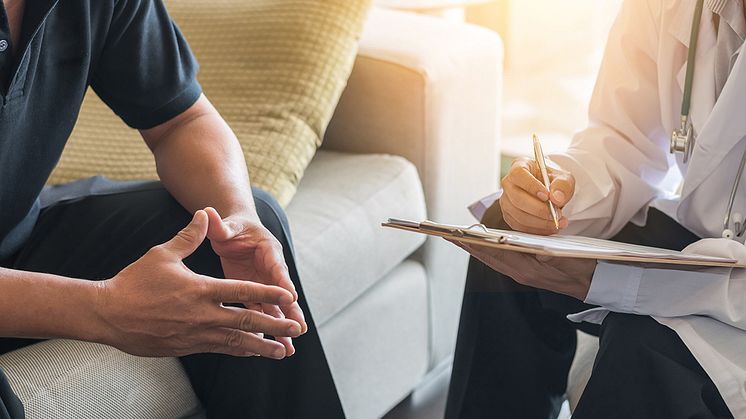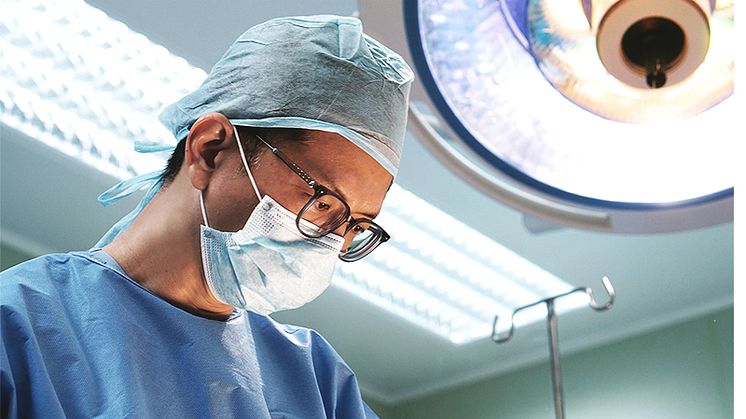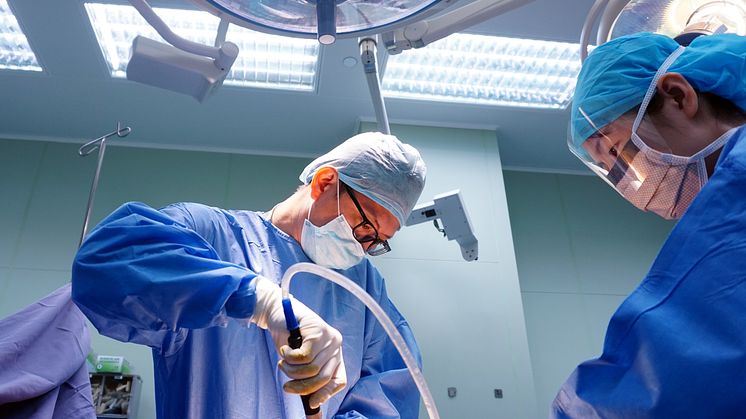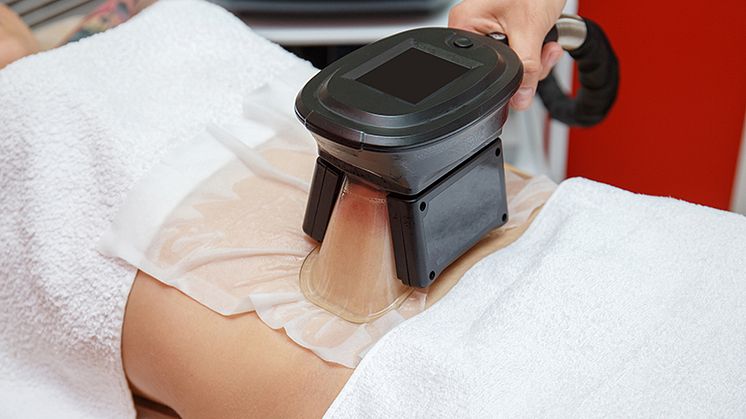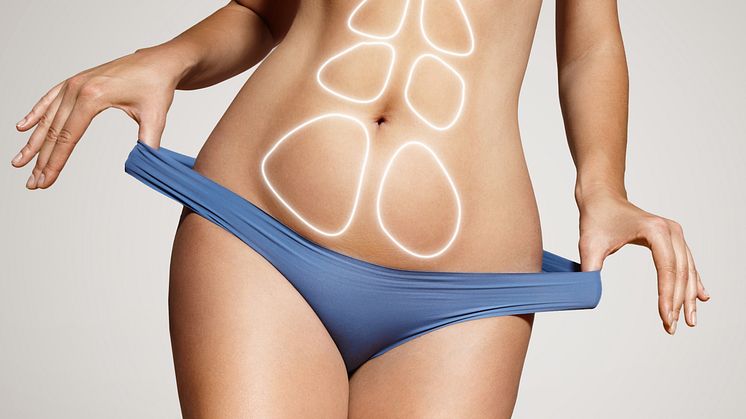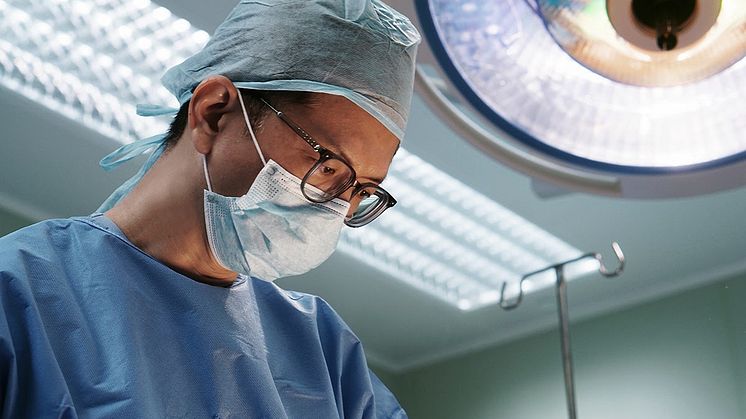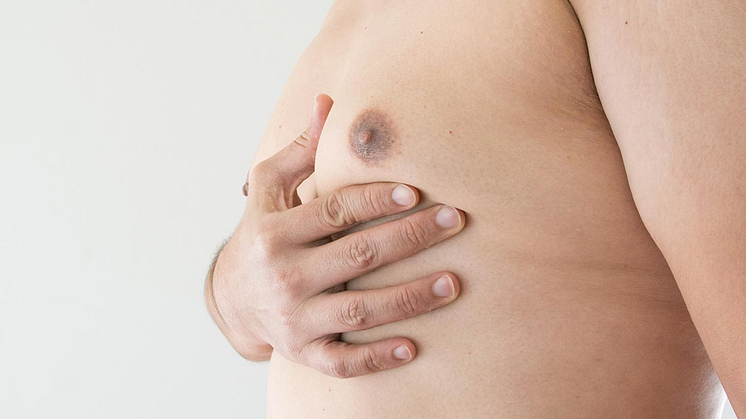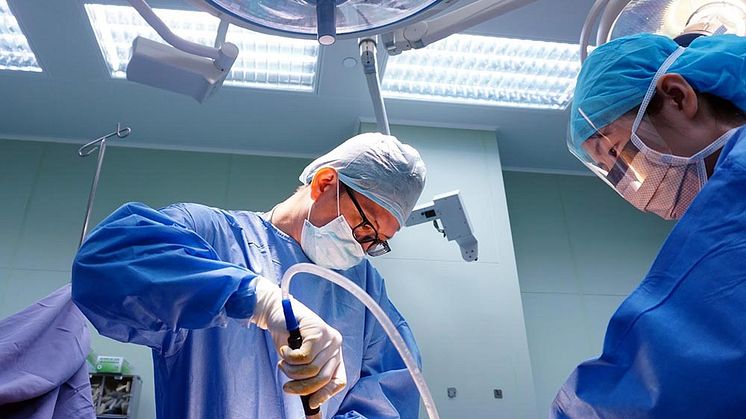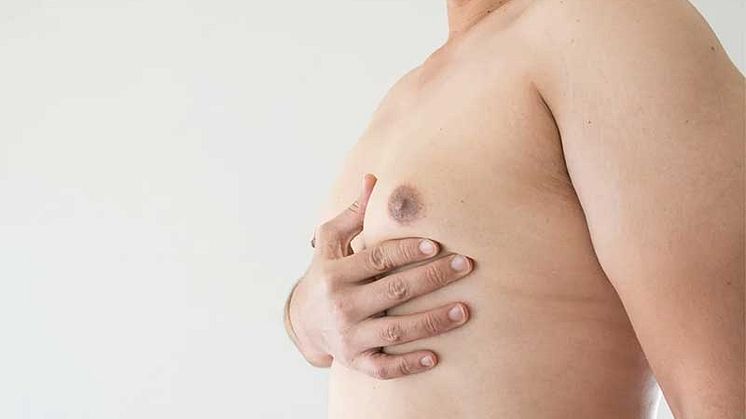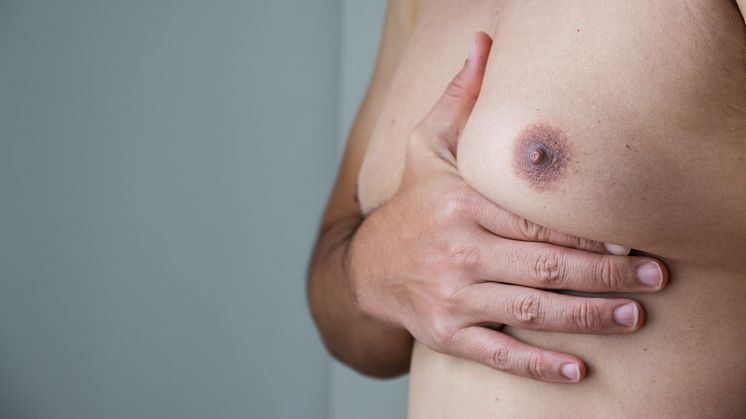
Press release -
Gynecomastia Is Prevailing In Men Above 44 Years Old
SINGAPORE, December 2019 — Gynecomastia is the presence of excess glandular and/or fatty breast tissues in man. It is the result of an enlargement of the glandular component of the breast. Gynecomastia is not just an aesthetic problem; it is also a medical condition, which can be detrimental to health. Common symptoms include tenderness around the breast, swelling of the breast gland tissue, and more.
Causes Of True Gynecomastia
Being overweight, contrary to misconception, is not the cause of the condition. True gynecomastia is caused by hormone imbalance. Certain medications are also the cause of the condition, especially amongst older patients. Over time, these medications can cause a hormonal disturbance and imbalance, which can lead to the development of glandular type gynecomastia.
Gynecomastia Cases Are Increasing In Men Above 44 Years Old
In a “Gynecomastia As A Physical Finding In Normal Men1” study by Nuttal on 306 normal adult men ranging in age from 17 to 58 year-olds, 57% of those subjects with palpable gynecomastia are those over the age of 44. The finding alludes that gynecomastia becomes more prevalent with age and thus, must be taken into consideration when attributing gynecomastia to a drug or disease state.

Statin, Amoxicillin, And Proton Pump Inhibitors Increase Gynecomastia Risk
Medications for high cholesterol (statin), bacterial infections (amoxicillin) and gastrointestinal diseases (proton pump inhibitors) are at higher risk of developing gynecomastia.
Case reports in 2018 on “Statin Medications And The Risk Of Gynecomastia2” by Skeldon et al. have suggested an increased risk of gynecomastia with statins, a class of drugs often prescribed to help reduce cholesterol levels in the blood. However, this meta‐analysis also found that statins decrease circulating testosterone levels in men, thus increasing the risk of gynecomastia.
Medications in the form of proton-pump inhibitors (PPIs) and amoxicillin, commonly used in the treatment of a wide variety of bacterial infections, have also been shown to cause gynecomastia in users. According to a study3 conducted from 2006 to 2016 on new PPI users and new amoxicillin users, there were 389 cases of gynecomastia diagnosed among 220,791 new PPI users, and 996 cases diagnosed among 837,740 new amoxicillin users.
Gynecomastia Can Also Be Found In All Age Groups For Men
A clinical research4 was conducted on 305 gynecomastia patients (555 breasts) who underwent surgical treatment from 1997 to 2015. The objective of the study by Fricke et al. (2018) was to analyse the histological differences in young and old patient groups.
From the findings, older patients are found to have florid (nodular) gynecomastia, while fibrous gynecomastia was more common in adolescents and young adults. Patients presenting with florid gynecomastia showed a higher rate of recurrence than patients with the fibrous type of gynecomastia.
Reference
1Nuttall, F. Q. (1979). Gynecomastia As A Physical Finding In Normal Men. The Journal Of Clinical Endocrinology & Metabolism, 48(2), 338-340. doi.org/10.1210/jcem-48-2-338 https://academic.oup.com/jcem/article-abstract/48/2/338/2679316
2Skeldon, S. C., Carleton, B., Brophy, J. M., Sodhi, M., & Etminan, M. (2018). Statin Medications And The Risk Of Gynecomastia. Clinical Endocrinology, 89(4), 470-473. doi.org/10.1111/cen.13794 https://onlinelibrary.wiley.com/doi/abs/10.1111/cen.13794
3He, B., Carleton, B., & Etminan, M. (2019). Risk Of Gynecomastia With Users Of Proton Pump Inhibitors. Pharmacotherapy: The Journal Of Human Pharmacology And Drug Therapy, 39(5), 614-618. doi.org/10.1002/phar.2245 https://accpjournals.onlinelibrary.wiley.com/doi/abs/10.1002/phar.2245
4Fricke, A., Lehner, G. M., Stark, G. B., & Penna, V. (2018). Gynecomastia: Histological Appearance In Different Age Groups. Journal Of Plastic Surgery And Hand Surgery, 52(3), 166-171. doi.org/10.1080/2000656X.2017.1372291 https://www.tandfonline.com/doi/abs/10.1080/2000656X.2017.1372291
Related links
Topics
Categories
ABOUT DR. IVAN PUAH
Dr. Ivan Puah obtained his VASER® Body Sculpting training in Colorado and Argentina. Additionally, he also received training and guidance in syringe liposculpture, fat grafting and thread lift by renowned French plastic surgeon, Dr. Pierre Francois Fournier. He further honed his surgical skill in gynecomastia surgeries in San Francisco under the mentorship of Dr. Miguel Delgrado. In Singapore, Dr. Ivan Puah is accredited by the Ministry of Health to perform surgical body sculpting procedures. Dr. Ivan Puah holds a Graduate Diploma in Family Dermatology from NUS and Graduate Diploma in Acupuncture from TCMB. He is also the appointed trainer on Botulinum Toxin and Dermal Fillers for Merz, Newton Cog Thread and PICOCARE Laser from Venusys Medical.

